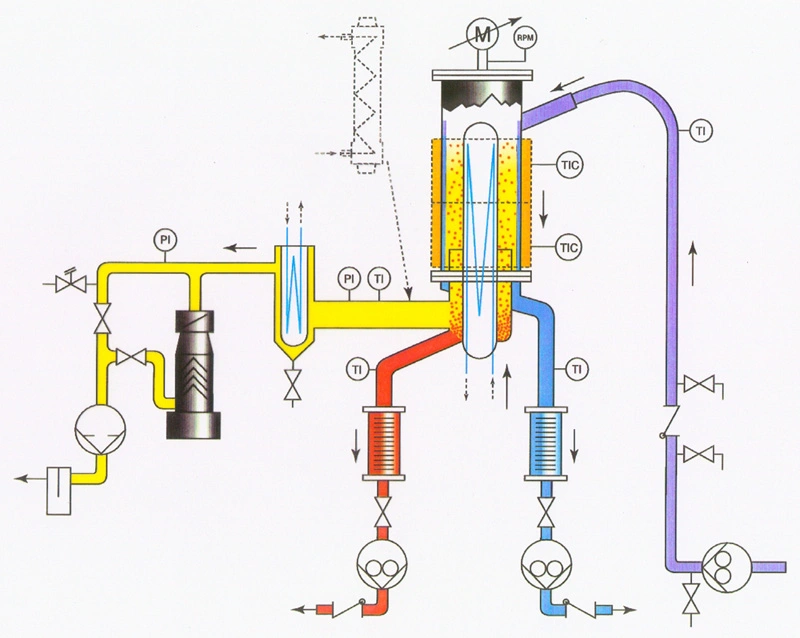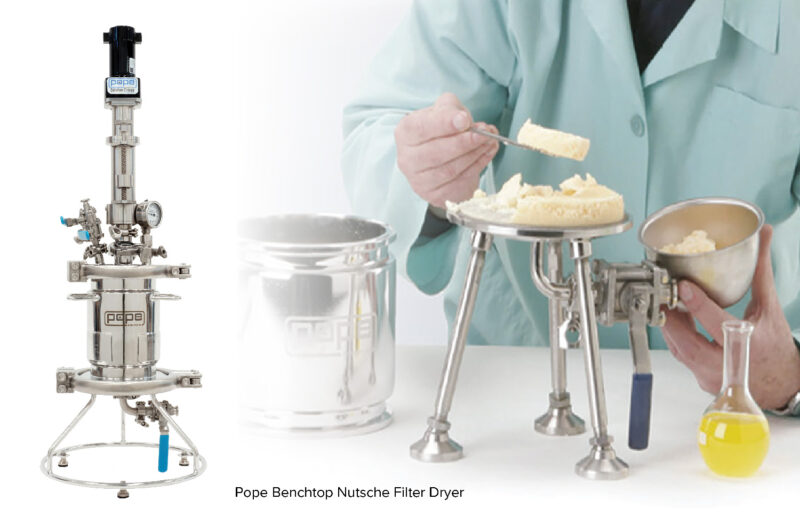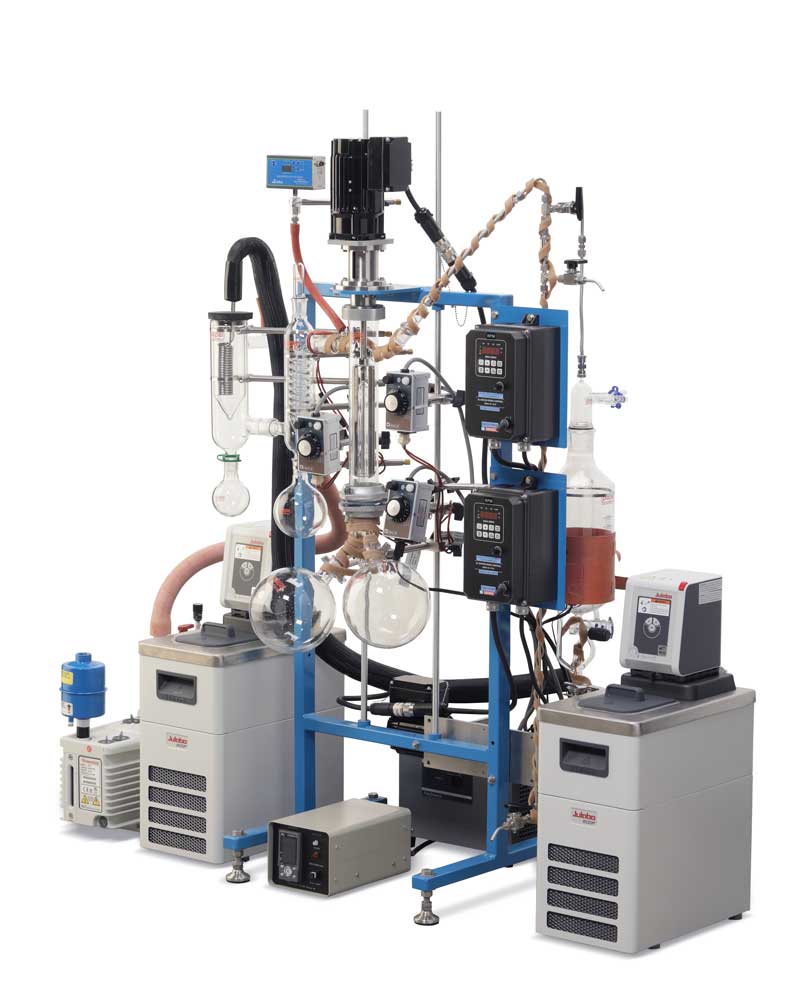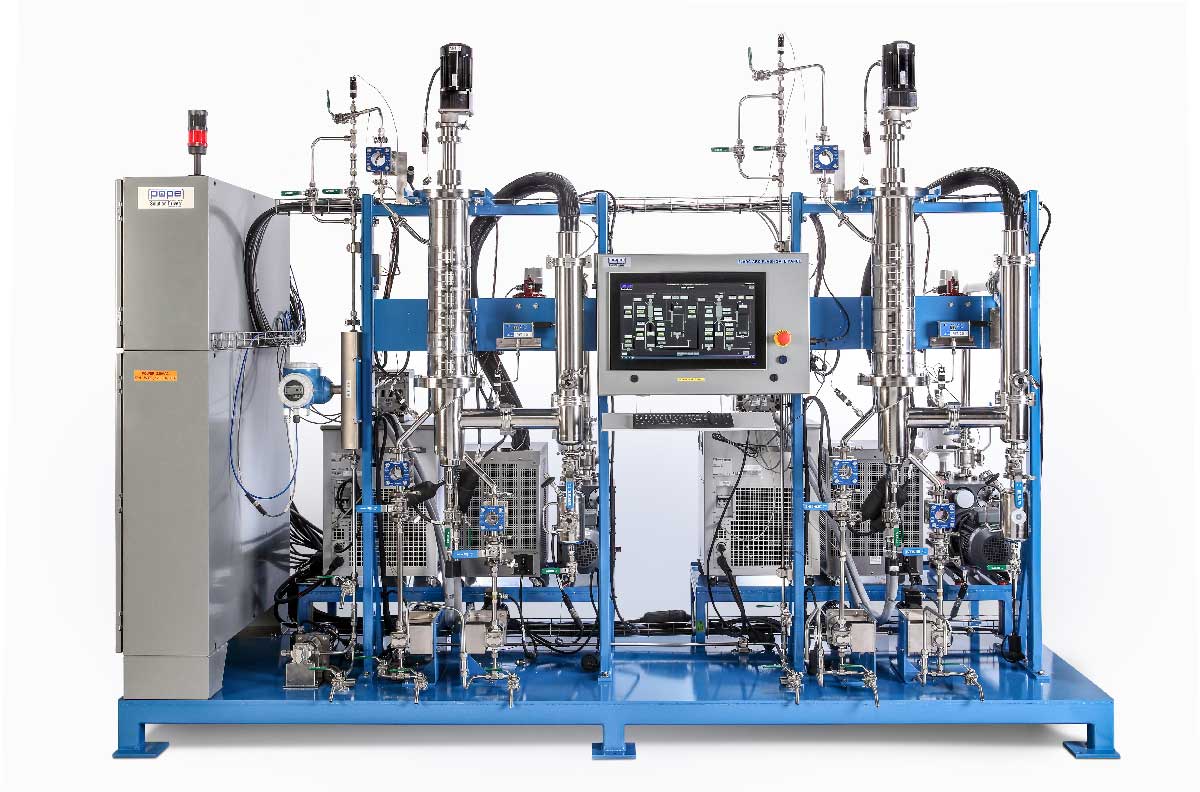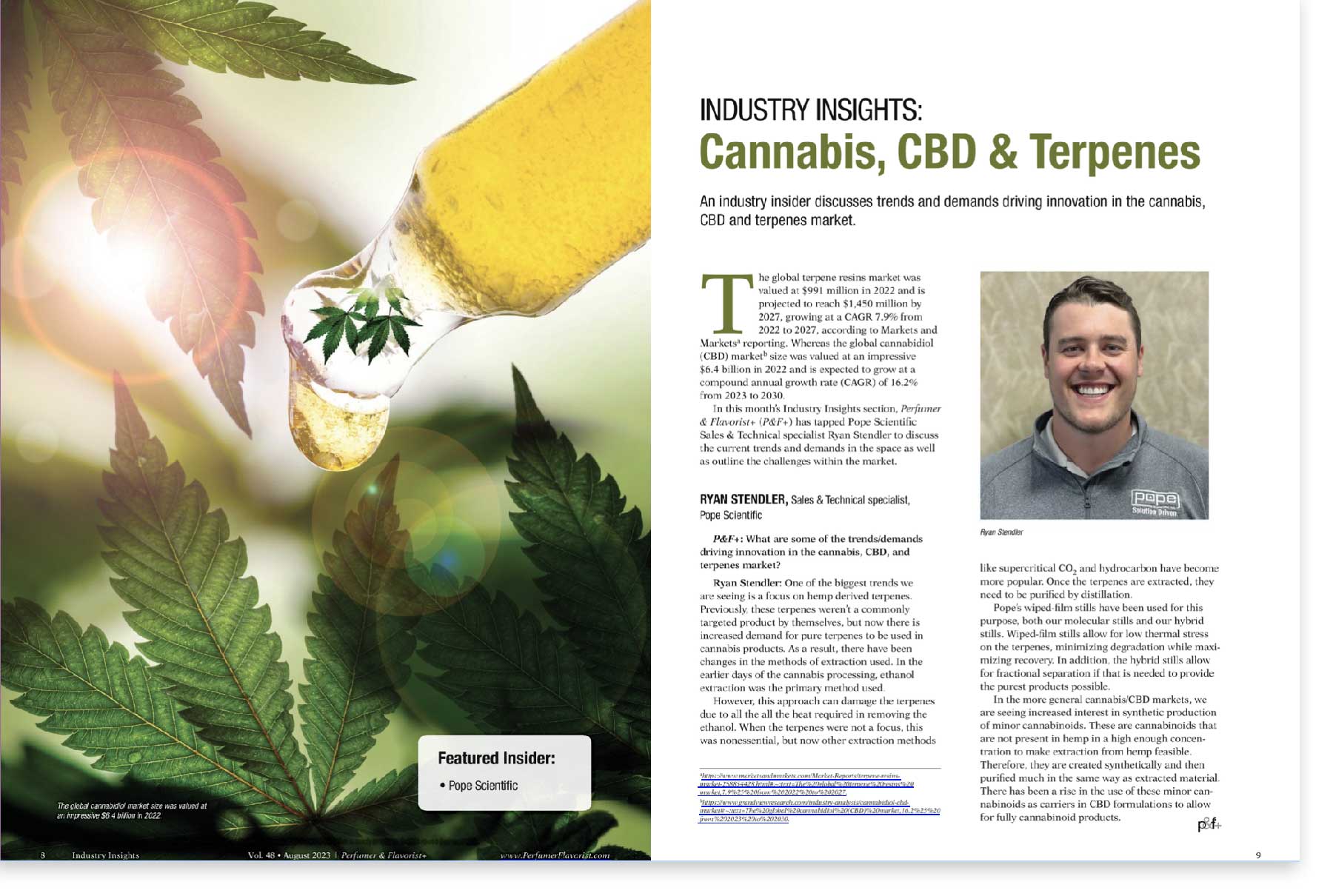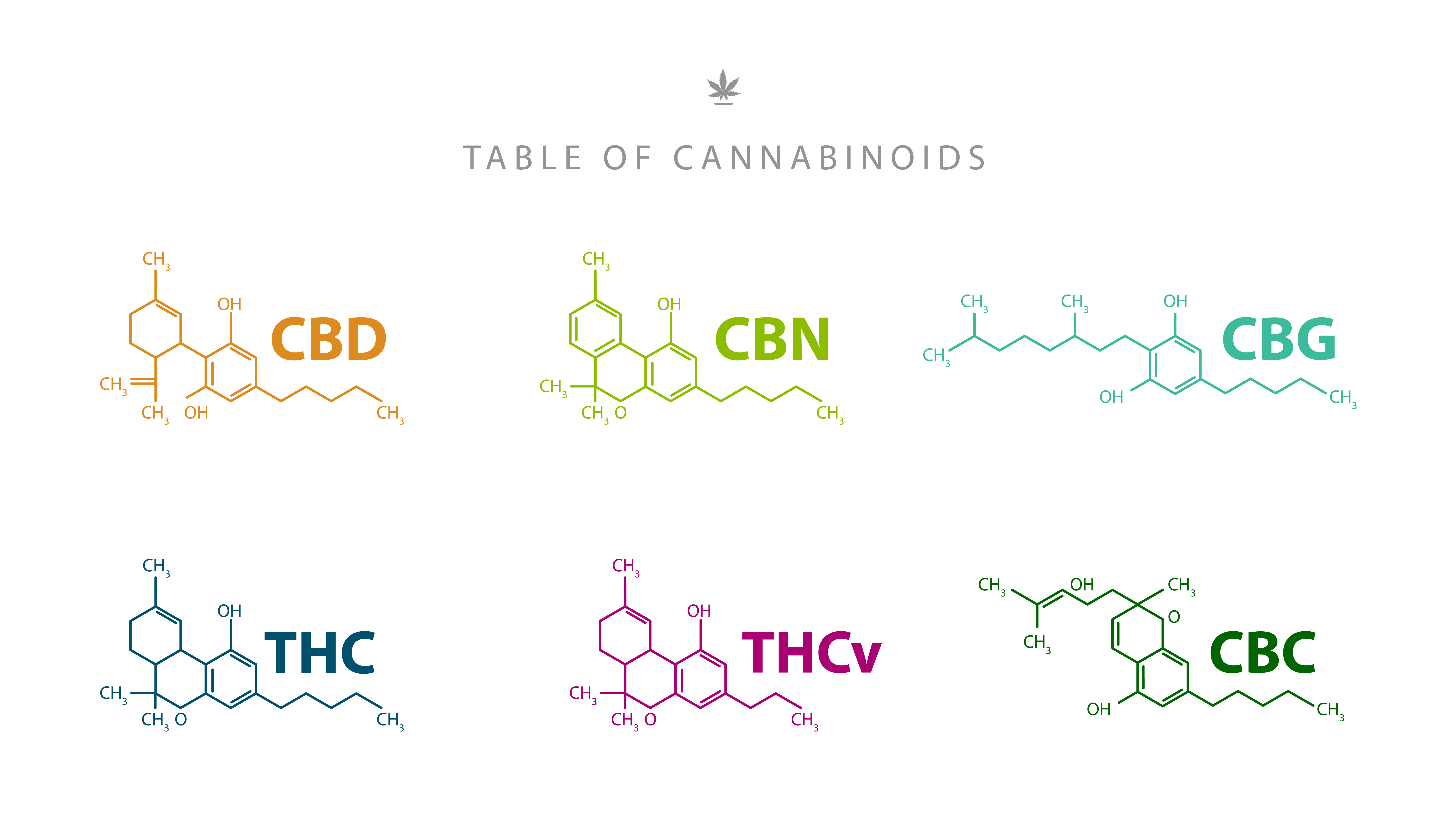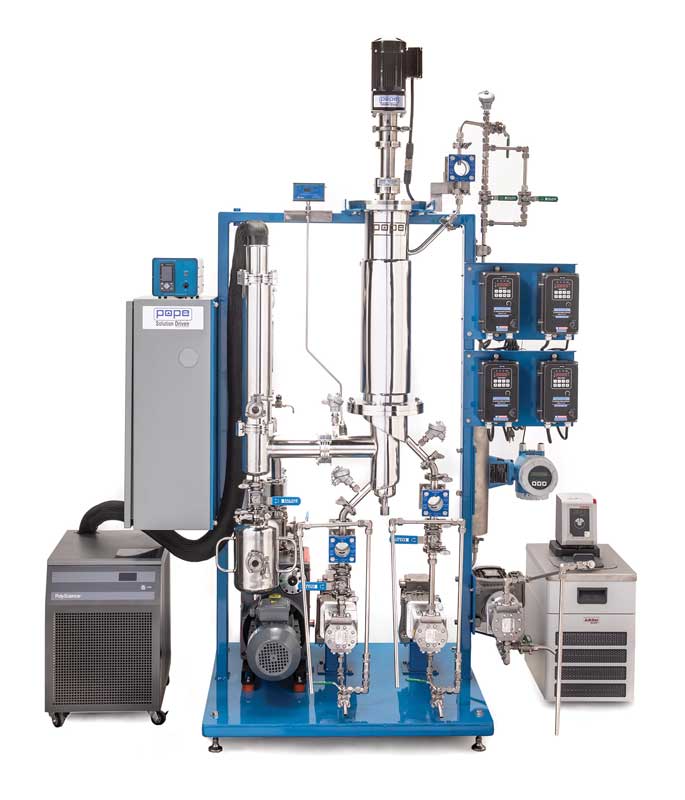Utilizing Pope Scientific Wiped-Film Distillation for Medical Silicone Purification
Pope Scientific: Leaders in Advanced Distillation Technology
Pope Scientific is a global leader in equipment and technology for the distillation of materials that are high in heat sensitivity, boiling point, molecular weight, and/or viscosity. The company’s Wiped-Film Molecular (Short-Path) Stills are internationally recognized and utilized across a wide range of industries, including pharmaceuticals, foods, flavors, cosmetics, oils, vitamins, lubricants, specialty chemicals, polymers, and other high-value products.
The success of these distillation systems in such applications is attributable to their design features, which incorporate high vacuum, high-efficiency wipers that agitate and transport a thin film of continuously pumped feed material. This material undergoes short (seconds) residence time through a heated zone, where the more volatile components are evaporated and condensed in close proximity. The result is a high-purity, non-degraded product.
Applications in Polymers
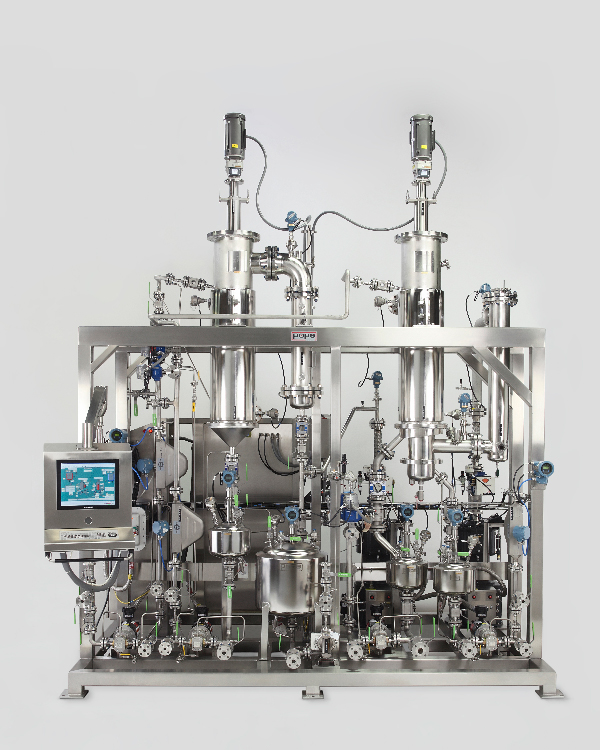
Pope 2 stage 12″ Wiped Film Still
Pope’s distillation technology is highly effective in processing various types of polymers, such as acrylics, latexes, isocyanates, epoxies, fluoropolymers, and silicones. Common goals in these applications include devolatilization, degassing, solvent removal, and the distillation of unwanted monomers, dimers, and other contaminants from the higher molecular weight product. In some cases, the monomers or shorter chains are distilled as the end products, with the heavier residue stream being a byproduct.
Silicones targeted for high-performance use must meet higher purity standards than commodity grades. This often requires enhanced devolatilization using molecular stills. Achieving these purity levels demands greater vacuum levels, carefully controlled temperatures, and multi-stage distillation strategies. Pope’s equipment and process expertise make it a trusted partner for the silicone industry. High-grade silicones are critical in applications such as specialized encapsulants, adhesives, and lubricants, with medical applications being among the most stringent. In medical-grade silicones, it is particularly vital to eliminate harmful components, such as cyclic siloxanes.
Medical Applications and Silicone Purification
Several years ago, significant issues arose in the use of silicone in breast and other implants. Patients experienced severe health problems, sometimes long after implantation. One cause was the migration of smaller chain silicone molecules and other insufficiently removed materials, leading to complications. Molecular distillation to achieve greater purity was a key solution to this problem. Pope’s technology played a significant role in resolving these issues.
Pope’s Wiped-Film Stills have also been instrumental in producing ophthalmological materials. Vitreous humor, the gel-like fluid filling the space between the iris and retina, may require replacement in certain medical conditions or traumas. A small number of European specialty vendors manufacture artificial vitreous humor fluids, often formulated with silicone. The development and processing of these fluids were conducted in Pope’s testing and tolling labs, enabling companies to procure molecular stills for use in their facilities.
Other ophthalmological applications for Pope’s equipment include materials for artificial corneas (keratoprostheses), which are implanted into patients who are not candidates for human donor transplants. While silicone is used in some cases, other polymers are also applied. Pope’s distillation equipment is also employed in the production of materials for contact lenses, eyeglasses, and UV inhibitors.
Other Medical and Pharmaceutical Applications
Pope’s technology has been critical in refining medical materials such as artificial heart valves, aortic repair sleeves, polymers for severe burn treatments, suture formulations, dental cement, and various implanted devices and prostheses. Additionally, Pope distillation equipment is widely used in the production of pharmaceuticals, vitamins, and dermatological creams and ointments.
For more information or to discuss your silicone application, contact us today.
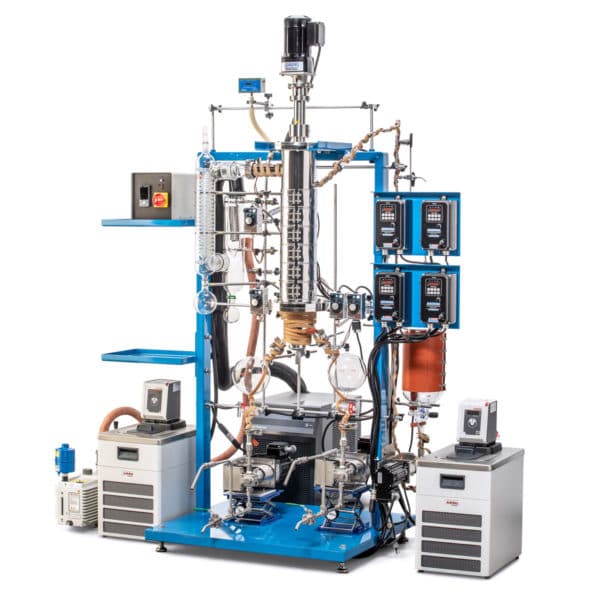
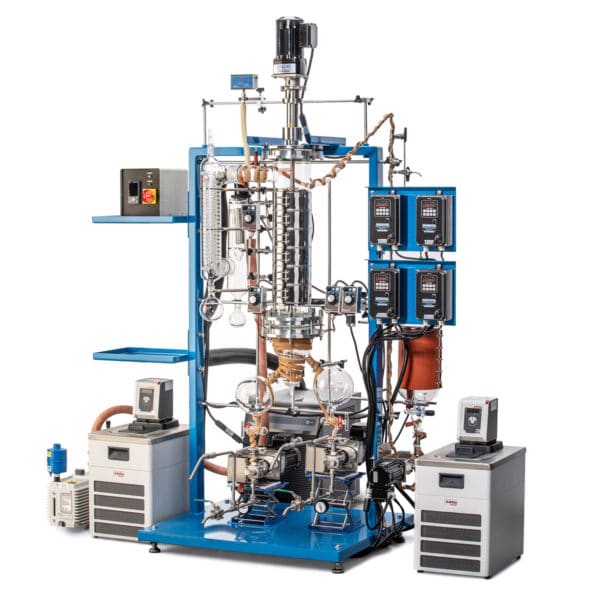
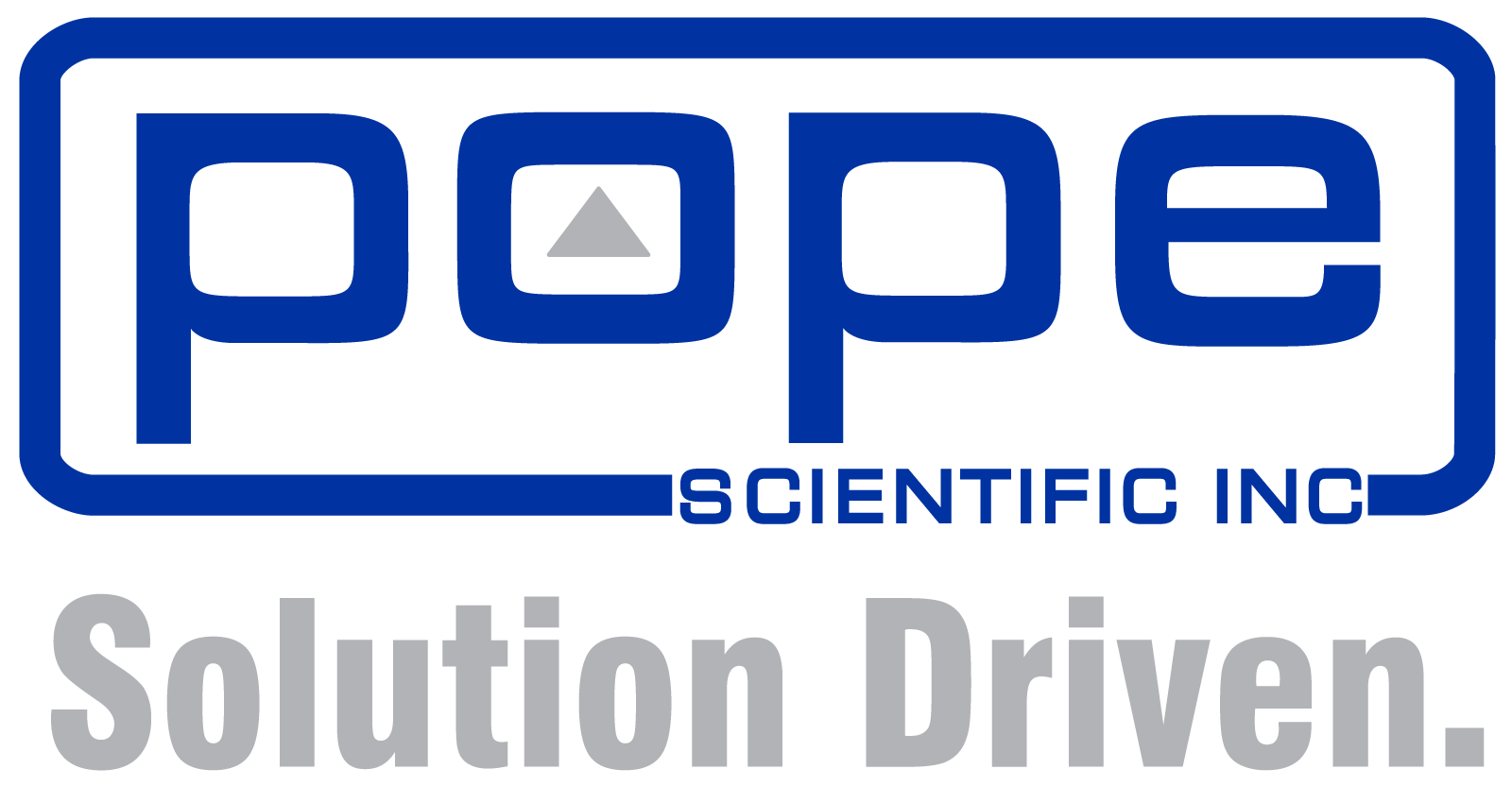
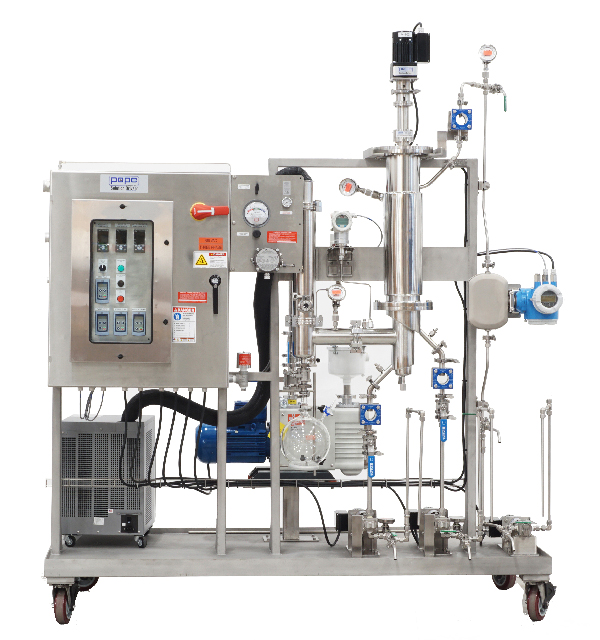
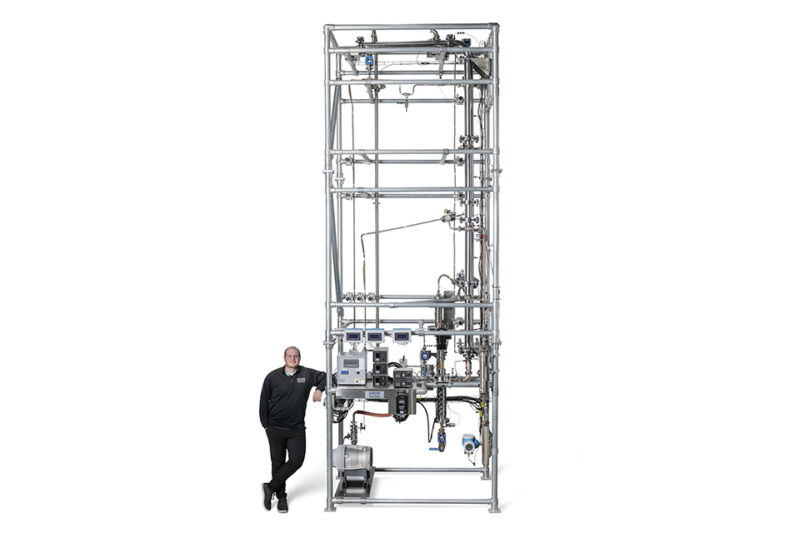
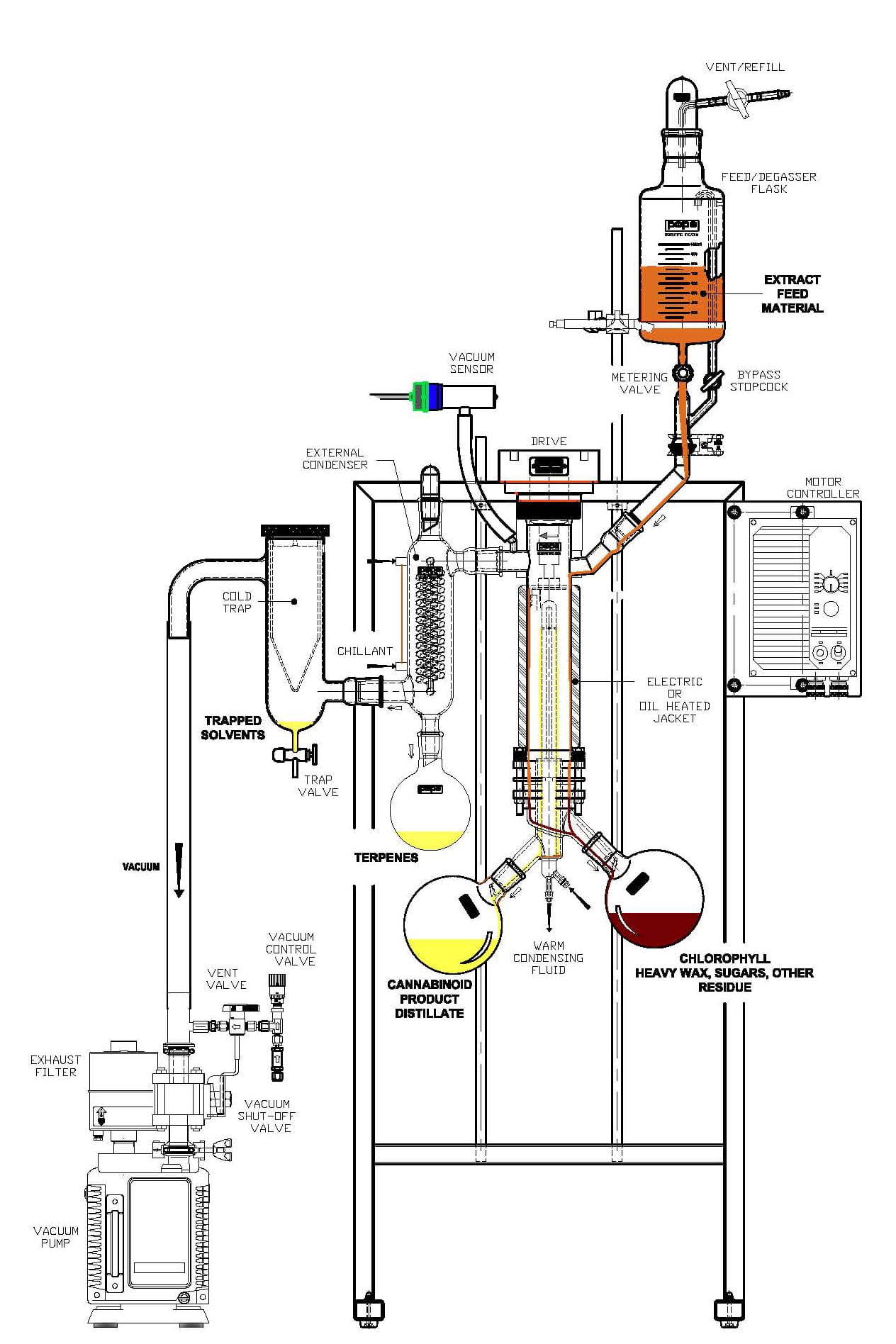
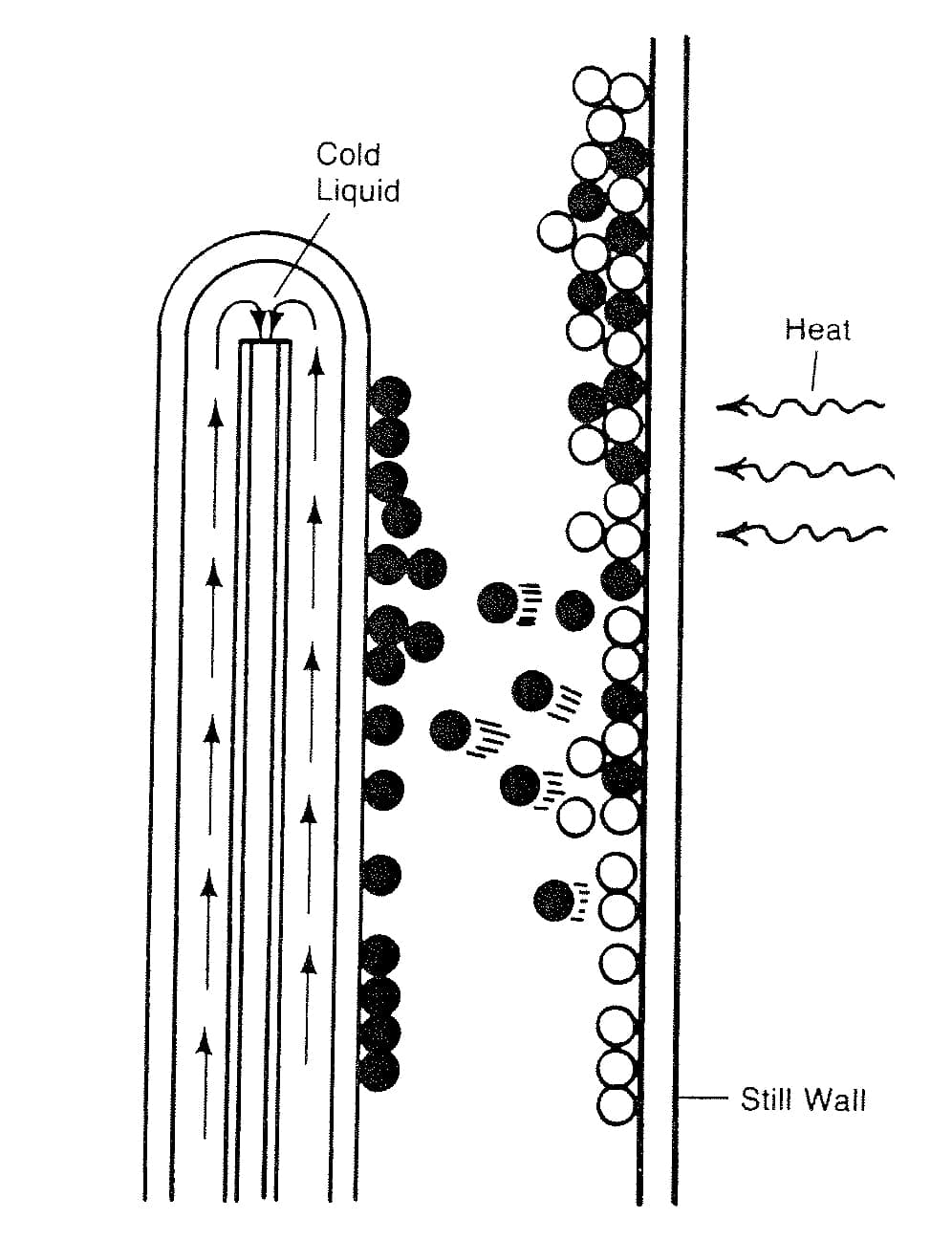
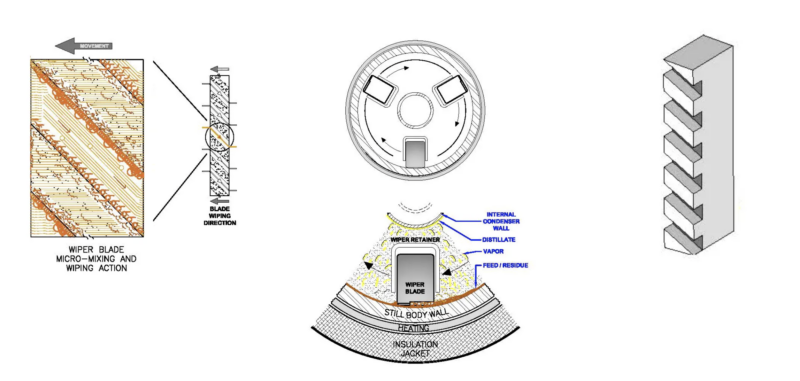
 Distillation is one of the most important means of separation and purification of liquids in chemical processing. In a mixture of different chemicals, the various components will have differing characteristics, including physical properties such as levels of volatility.
Distillation is one of the most important means of separation and purification of liquids in chemical processing. In a mixture of different chemicals, the various components will have differing characteristics, including physical properties such as levels of volatility.